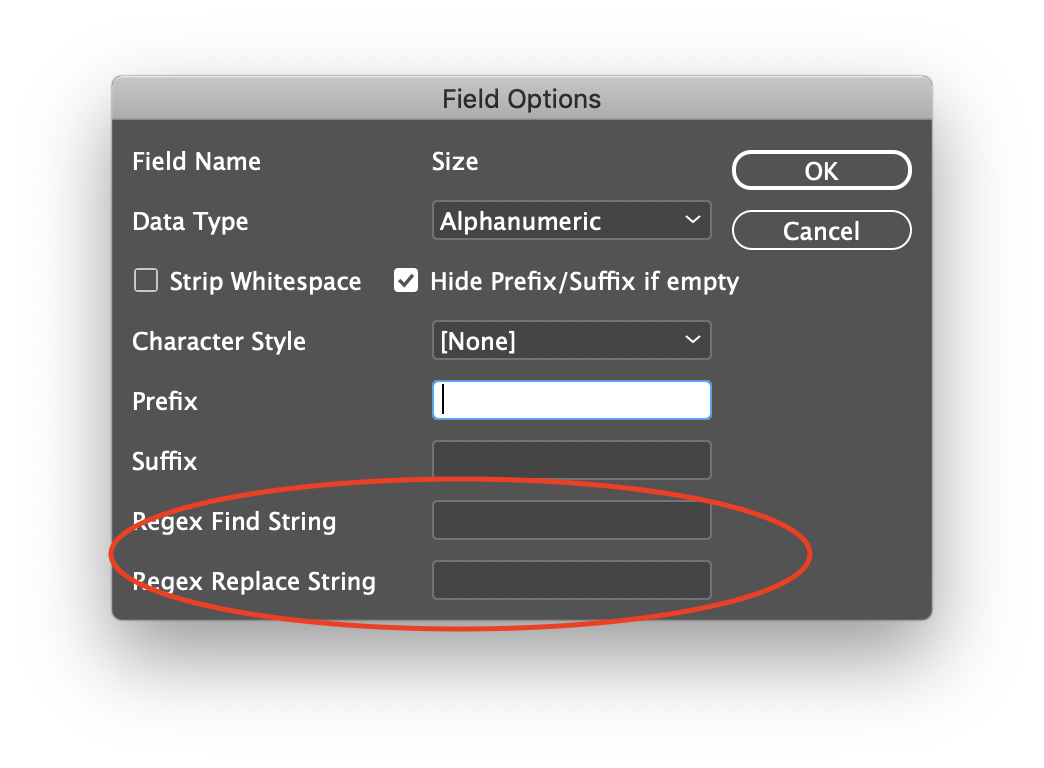

| (pipe or vertical bar): Matches either the expression before or after the operator. ? (question mark): Matches zero or one occurrence of the preceding character or group. (plus): Matches one or more occurrences of the preceding character or group. * (asterisk): Matches zero or more occurrences of the preceding character or group. (dot): Matches any character except a new line. Some of the most common regex operators are: Regular expressions (regex) consist of various operators or metacharacters that help to match and manipulate text patterns. Regular expressionĪ “regular expression” is a text string that describes a particular search pattern.
Grep regex pattern full#
You can type “man grep” in your terminal or command prompt to see a full list of available options.

These are just a few of the most commonly used flags, but there are many more that can be used with GREP. f: Allows you to specify a file containing a list of patterns to match. This is useful when searching for patterns that start with a hyphen (-). e: Allows you to specify the pattern to match. l: Displays only the names of the files that contain the matched patterns. c: Displays the count of the matched patterns. w: Matches only whole words that exactly match the search pattern. v: Inverts the search results, displaying lines that do not match the pattern.

n: Displays line numbers of the matched patterns. r: Searches files recursively in directories and subdirectories. i: Ignores case sensitivity when searching for patterns. Some of the most commonly used flags are: GREP has several command-line options or flags that can modify its behaviour. grep can be piped from and to other commands/operators to fine-tune the search.Ĭommand Format: cat file.txt | grep word grep regex example: The grep command is a command-line utility for searching plain-text data sets for lines that match a regular expression. Regular expressions, or regex, are patterns used to match and manipulate text based on certain criteria. In summary, GREP is a command-line tool that uses regular expressions to search for and manipulate text in files. They are powerful tools that allow you to search for complex text patterns, such as email addresses, phone numbers, and URLs and perform text manipulation tasks such as find-and-replace operations. Regular expressions are used by various programming languages, text editors, and command-line tools, including GREP. They are a set of rules that define a specific search pattern, allowing you to search for and match text strings based on certain criteria. Regular expressions, or regex for short, are patterns used to match and manipulate text.

Grep variables with space within it (e.g.Grep lines not begin with string (e.g.Grep returning lines before and after match (e.g.Grep integer with a certain number of digits (e.g.Grep and count the number of empty lines.


 0 kommentar(er)
0 kommentar(er)
